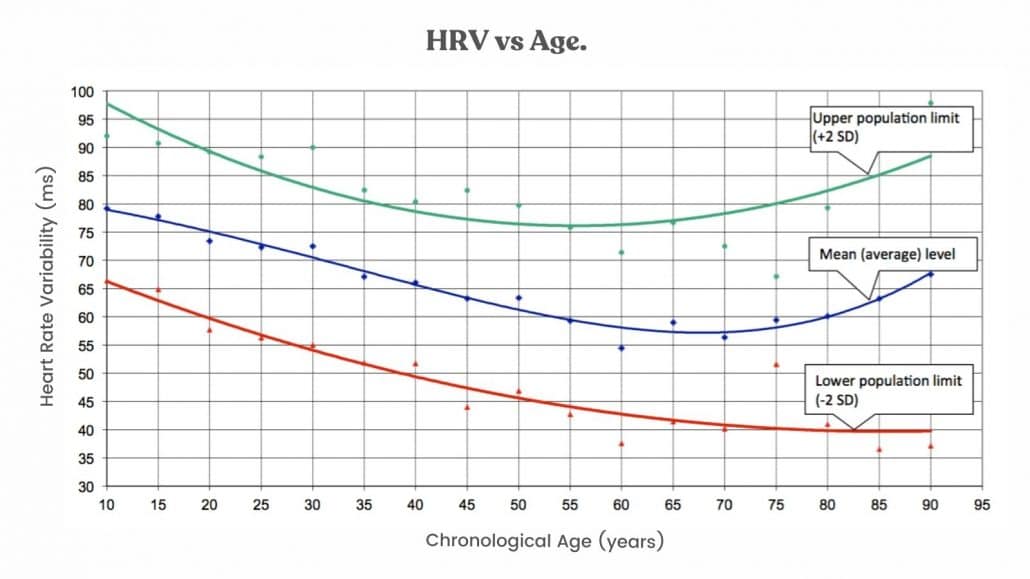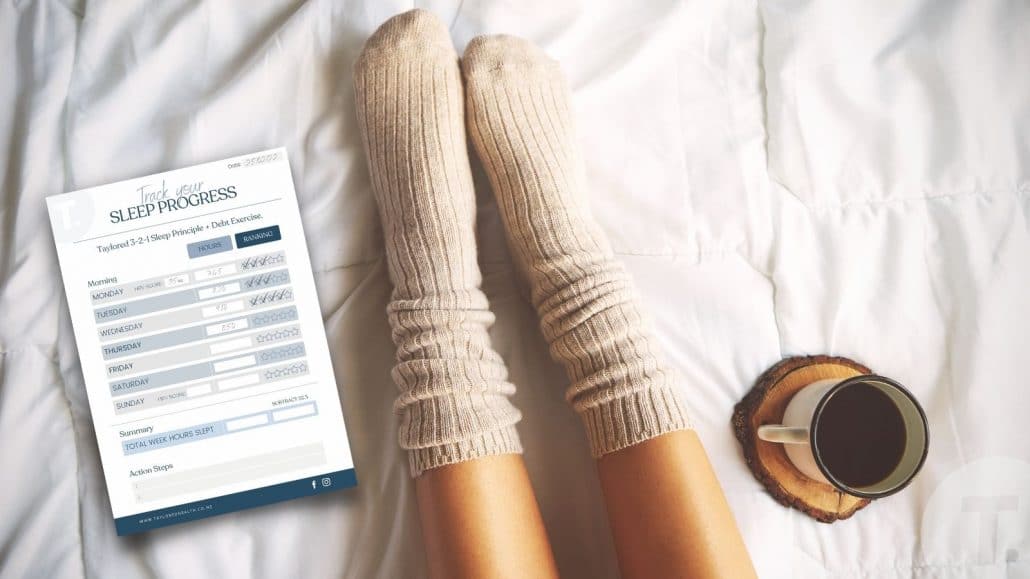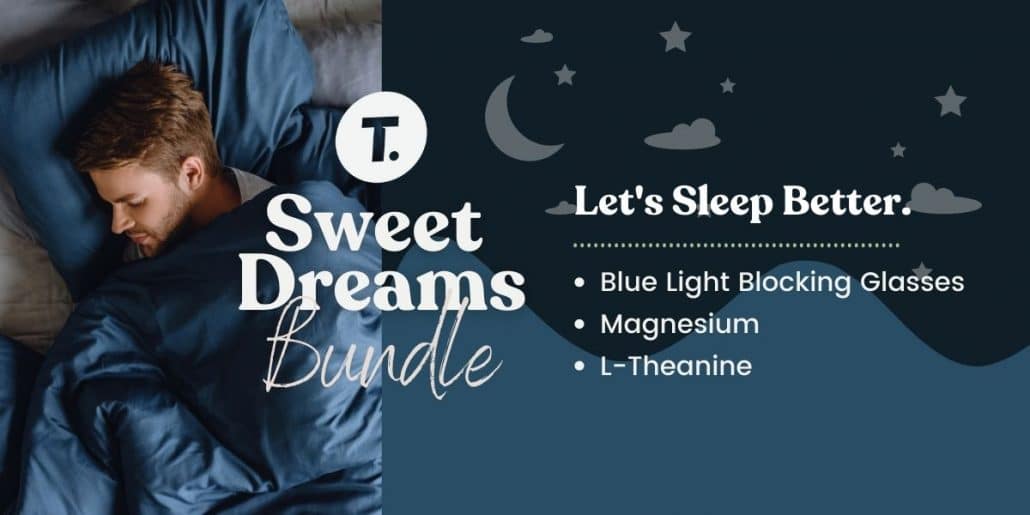Let’s talk about sleep (cue the eye roll)
We cannot stress how important sleep is to your health. You’re probably nodding your head “yes, I know”, with the appropriate eye roll. We’re not kidding. In fact, the International Agency for Research on Cancer has classified overnight shift work as a Group 2A carcinogen.
That means, staying up late repeatedly and working overnight is a strong enough cancer-causing agent to be lumped in with lead exposure and UVA radiation. You might think “I don’t do night shifts”, but if you’re getting less than 7.5 hours of sleep OR can’t consistently honour the ‘regenerative sleep window’ of 10 pm – 2 am, you are still being negatively affected.
You can think of sleep as being garbage disposal and the roadwork system of the body. If you’re not getting that sleep, those garbage trucks aren’t clearing the trash on the streets of your nervous system, organs and brain, nor can your body create and repair new, smooth roads to ensure the trucks (and everything else) can drive efficiently.
Sleep and stress
- These two are intertwined and create a mutually destructive OR supportive pairing.
- The more stress you’re under (perceived or not), the less quality sleep you get.
- The less quality of sleep you get, the more stress your mind and body holds.
So, the reason we got you to understand and assess your HRV is that is one of the best lie detectors your body owns, to help you assess your stress levels…regardless of what your mind thinks. The higher the score, the better.

Heart Rate Variability Chart
Here is an upper, average, and lower range of HRV values based on chronological age. Your goal is to ultimately sit at the blue or green line (women tend to have slightly higher HRVs generally). If you’re not quite there, then we need to work on your ‘autopilot’ because your lifestyle factors aren’t supporting adequate rest. And the biggest mama bear of influencers on HRV is sleep.
Introducing the Taylored 3-2-1 Sleep Principle
Over the next week (and beyond) we encourage you to use the Taylored 3-2-1 Sleep Principle.
- 3 hours prior to bedtime, stop any food or snacks
- 2 hours prior to bedtime, stop working (or any highly emotional or intellectual (thinking) tasks)
- 1 hour prior to bedtime, no artificial lights or screens (life hack…get blue light blocking glasses)
There are very important (and scientifically proven) reasons behind these specific wind-downs. We go into more detail in our 8 Week Sleep program. But for now, just take our word for it.
A special mention to the screentime element (which includes your phone or other devices even if they’re on ‘night mode’). These screens (and LEDs etc) emit a wavelength of light that stops your brain from secreting melatonin, a very special hormone that assists with sleep and regeneration. For as long as you continue to have your eyes exposed to this type of light, you will affect how much this hormone is actually released. A life hack for this (if you just can’t bear to be away from a screen) is to wear verified blue light blocking glasses. We’ve tested a lot of different brands (including ones from AliExpress) and we’ve found ones that actually do the work…so you can have confidence you’re doing the best you can to limit this specific wavelength of light going into your eyes. Use discount code: TAYLORED15 for 15% off.
The first step is to assess your ideal bedtime.
It’s important to get at least 7.5 hours of sleep (ideally, 8 but let’s start with the absolute minimum).
There is an incredibly small number of people who carry a gene mutation that means they can still stay alert and healthy with less than this…but the likelihood you actually have that gene mutation is extremely low.
- So, what time do you need to wake up for the day?
- Once you have that time, count back 7.5 hours to land on the time your body needs to be asleep.
- Then using that asleep time, set your phone (or other) timer for 3, 2, and 1 hour prior to that time to start following the above principles.
- In the morning (over the course of a week) complete your Taylored Sleep Progress chart
- When completing this chart, each day is the previous night’s sleep e.g. Monday morning I write in the number of hours sleep the previous night. I also rank how well I feel I slept out of 5 stars.
- After 7 days, reassess how you’re feeling and the change to your quality of sleep
- After 7 days, re-measure your HRV. How does it compare to when you started?
- See the scenario below for an example of this in practice

7 days is NOT long enough to unwind old habits and create new routines and grooves. Oftentimes, health improvements take months to see the results…which goes far beyond people’s patience. Ideally, you’d continue this principle as a long-term health practice and trust our process. Within 1-2 months, the 3-2-1 principle should show marked improvement in all factors related to stress and alertness. People can also experience weight loss, mood improvements, and a reduction in forgetfulness as time progresses. We’ve really only covered the tip of the iceberg here.
If you’re still having trouble with sleep after 7 days, including (but not limited to) middle-of-the-night wake-up times, sleep apnea, consistent disturbances, or night pain/sweats, there is something else going on in your lifestyle or environment that we need to address.
Let us know and we can help you dig deeper into what this might be. We also created a bundle to help support this practice.
Taylored Sweet Dreams Bundle
There are other ways we can expand upon this principle, in addition to the blue light blocking glasses.
We’ve put together a Taylored Sleep Bundle, which includes:
- Blue light blocking glasses
- Prescription-grade Magnesium supplement
- Prescription-grade L-Theanine supplement
This trio helps you get the most out of your 3-2-1 Sleep Principle and maximise regenerative sleep….as well as helping you stay asleep during the night. Take them with your last meal of the day.
Scenario
Maria and Bill need to wake up at 6:30 am to help their young kids get ready for school and ensure they get to work on time.
Using this handy online sleep calculator (which factors in fall asleep time), Bill puts in that wake-up time and hits ‘calculate’. He understands it’s important for him and Maria to maximize time in their ‘magic sleep window’ of 10 pm – 2 am (the most important hours for biological repair and restoration), so he confirms their bedtime should be 9:15 pm. Bill talks to Maria and they decide this is a commitment to their long-term health and wellbeing, and agree to support each other.
Maria and Bill also note that at the very worst, they should be in bed no later than 10:45 pm, but that shouldn’t be the ‘norm’ if possible.
Both Maria and Bill create gentle alarms and reminders on their phones. They also set up their “Do Not Disturb” and “Night Modes” as well.
- 6:15pm – should be the last meal of the day
- 7:15pm – no more working or thought-intensive activities
- 8:15pm – lights go down (if it’s an LED, it’s off), maybe light some candles, and their night blue light blocking glasses go on. While they love watching TV leading up to bed (it helps them decompress together), they choose a show that’s calm and not too intense (maybe a light comedy) and wearing their blue light blocking glasses, they snuggle up as they both wind down
Bedtime Routine
(a great night’s sleep actually starts in the morning)
8:45pm – it’s time to prep for bed. Bill has a shower. Maria locks up the house and turns down off all the lights. They put on an amber salt lamp in their bedroom. Brushing their teeth and talking about the day, they do a final check on the kids and settle into bed for the night. Snuggles and sleep…
6:30am – Maria and Bill wake up to an alarm. They’re feeling pretty good and get some snuggles in. Bill opens up the curtains and they both go out of the room to kiss the kids good morning. Maria gets both of them a glass of water and they both go outside into the sunshine with bare feet on the grass. Their youngest child joins them for a little hug…and they take some 4,7,8 breaths, closing their eyes as the sun shines on their face. After a few breaths and drinking their water, they head back inside and start the busy day.


